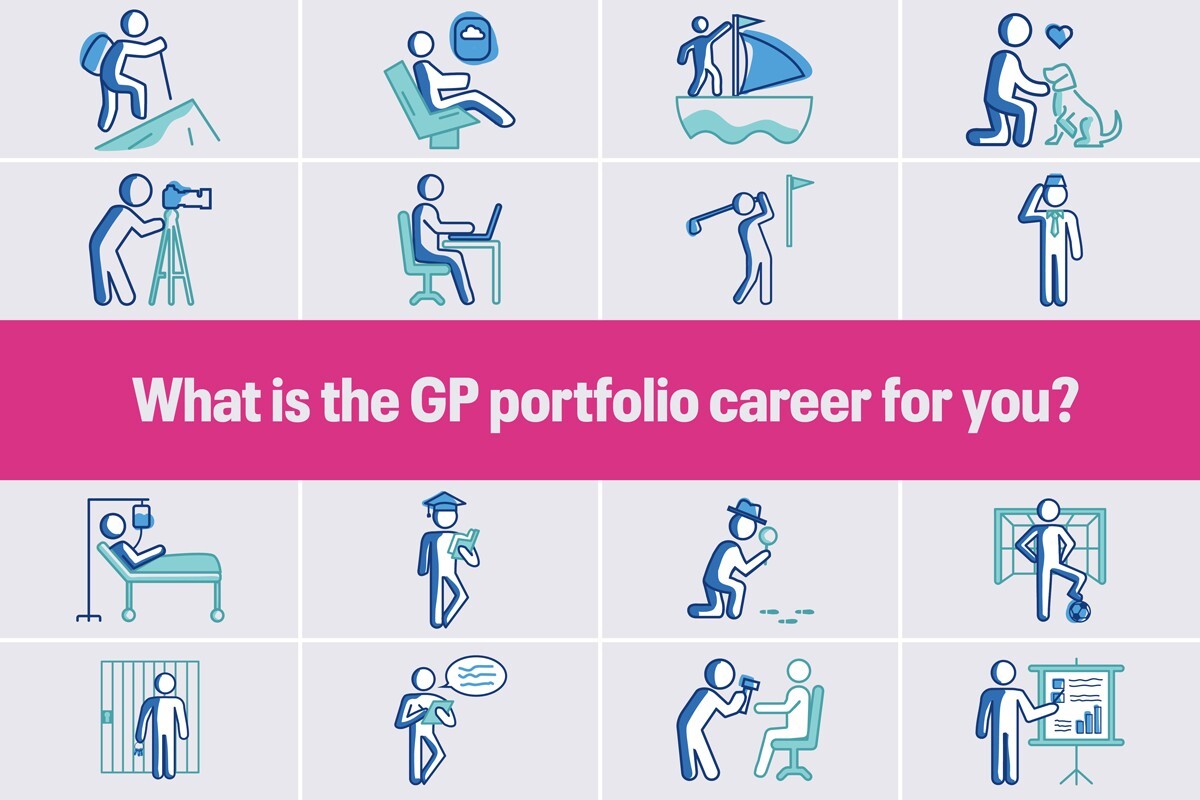‘No long-term evidence’ backing GP streaming in A&E, says leading GP
There is no long-term evidence to support the use of primary care streaming in A&E, the president of the National Association of Primary Care has said.
Dr James Kingsland said the Government’s plan to stream patients to primary care at the front door of every A&E ‘has not got any long-term evidence’ to support it.
He said that what evidence there is shows that ‘putting a GP in A&E through streaming, within three to six months becomes part of the infrastructure of the A&E department, not part of the process by which we’re trying to divert’.
GP leaders have previously warned that the scheme would attract young and inexperienced GPs who would ‘go native’ because ‘they haven’t had enough time and experience in general practice’.
Yet Pulse revealed that four trusts are planning to have up to three GPs working in A&E at any one time as part of the Government’s plan to triage patients at the door of every emergency department.
Dr Kingsland said: ‘I get that some colleagues do it for their portfolio, do it for their personal issues, their need to have some break from generalist care working in A&E.
‘I get that, and there is some evidence that streaming can help to a point. But it’s not the long-term solution.
‘The evidence of putting a GP in A&E through streaming, within 3-6 months becomes part of the infrastructure of the A&E department, not part of the process by which we’re trying to divert. And again diversion, streaming whatever you call it, has not got any long-term evidence.’
Speaking at a Westminster Health Forum event on urgent and emergency care, he added that the ‘primary care home’ model, in which a multidisciplinary team looks after between 30,000 and 50,000 patients, includes ‘sizable evidence-based practice’ and improves access to primary care.
He said primary care homes have undergone ‘25 years of development’ to create a model that ‘builds in the right team to see people first time’.
The ‘primary care home’ model, which is endorsed by NHS England as part of its vanguard programme, is now set up across 204 sites and covering eight million people.
NHS England told Pulse that the front door streaming model is intended to be a permanent part of their plan to improve A&E services.
Professor Jonathan Benger, NHS England’s national clinical director for urgent care, said: ‘Whilst it’s early days, we are already seeing signs that front door streaming is having a positive impact on A&Es, improving flow and ensuring patients are directed to get the right care, from the right place at the right time, while also freeing up emergency departments to look after the sickest patients.’
The Government’s ‘GPs in A&E’ scheme
Simon Stevens announced in a letter to trusts in March that ‘every hospital’ should implement a ‘comprehensive front-door streaming model by October 2017’, which he told MPs would require a GP in every A&E.
Health secretary Jeremy Hunt added that the system is working ‘spectacularly at hospitals like Luton and Dunstable’, which were able to admit or discharge 95% of its patients within four hours this winter despite mounting pressures.
GP leaders have warned that a ‘chronic lack of GPs’ means it is ‘doubtful’ that the Government’s plan is feasible, adding that ‘most importantly we actually need more GPs in local surgeries’.
The Government has since invested £100m to help hospitals upgrade their A&E departments to allow for the triaging service in three rounds of funding in April, June and September.
However, the scheme came under scrutiny when a patient died after being diverted to a GP streaming service in Bristol.
Portfolio careers
What is the right portfolio career for you?












